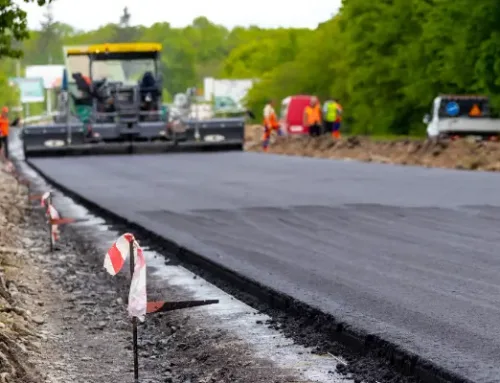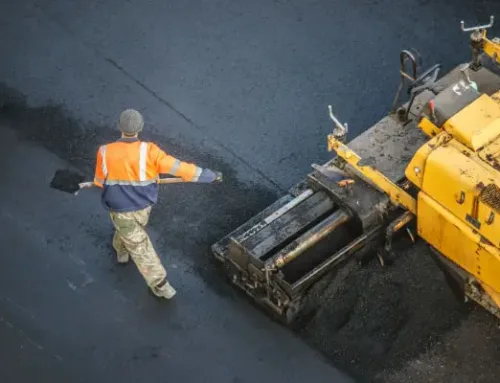Resurfacing is a process in asphalt paving that involves applying a new layer of asphalt over an existing surface. It is commonly used to rejuvenate worn-out or deteriorating asphalt pavements without the need for a complete reconstruction.
Steps for Resurfacing
The resurfacing process typically includes the following steps:
- Surface Preparation: The existing asphalt surface is thoroughly cleaned and any debris or vegetation is removed. Cracks and potholes are repaired, and any necessary adjustments are made to ensure proper drainage.
- Applying a Tack Coat: A tack coat, which is a thin layer of asphalt emulsion, is applied to the existing pavement. This tack coat helps bond the new layer of asphalt to the existing surface.
- Adding the New Asphalt Layer: A fresh layer of hot mix asphalt (HMA) or other suitable asphalt mix is then applied on top of the existing pavement. The thickness of the new layer can vary depending on the condition of the existing surface and the specific requirements of the project.
- Compaction: The newly applied asphalt layer is compacted using heavy rollers. This compaction process ensures that the new asphalt adheres well to the existing surface and achieves the desired density.
Advantages of Resurfacing
Resurfacing offers several advantages:
- Cost-Effective: Resurfacing is often more cost-effective than completely removing and replacing the entire pavement structure.
- Time-Efficient: It is a quicker process compared to full reconstruction, minimizing disruptions and downtime for users of the paved area.
- Improved Appearance and Smoothness: The new layer of asphalt provides a fresh, smooth surface that enhances the appearance of the pavement.
- Extended Pavement Life: Resurfacing can extend the life of the pavement by addressing surface distress and preventing further deterioration.
It’s important to note that resurfacing is suitable for pavements with structurally sound bases. If the underlying base is severely damaged or if there are significant structural issues, a more extensive reconstruction may be necessary.
Before deciding on resurfacing, a thorough assessment of the existing pavement’s condition should be conducted by professionals to determine the most appropriate maintenance or rehabilitation approach.


